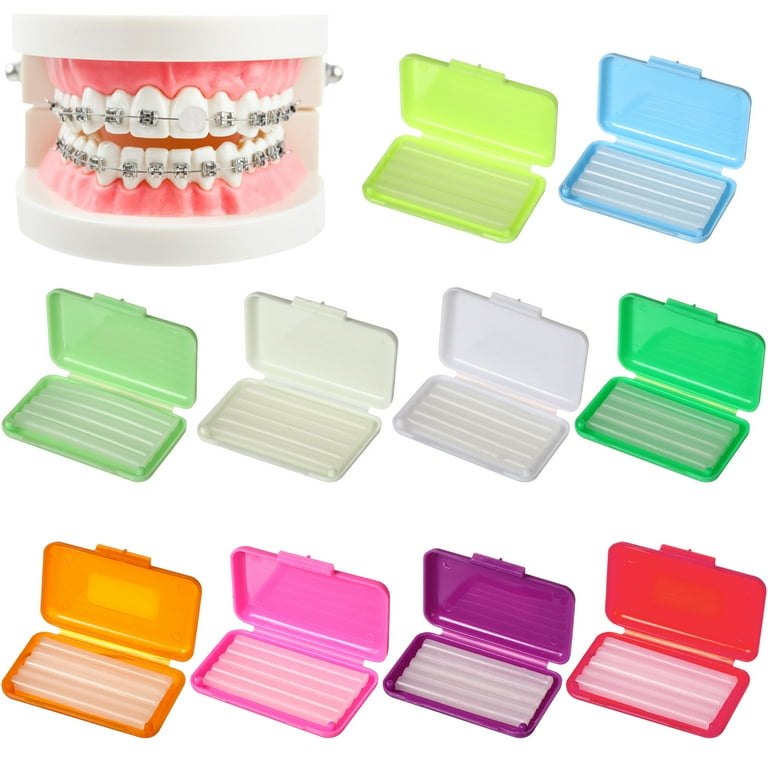How Cumming Orthodontics Can Change Your Smile with Invisalign and Braces
How Cumming Orthodontics Can Change Your Smile with Invisalign and Braces
Blog Article
Comprehensive Overview to Orthodontics Treatments for Correcting Dental Misalignments
Understanding the ins and outs of each procedure, including their systems, benefits, and prospective disadvantages, is essential in making educated choices regarding one's orthodontic therapy. As we browse via the thorough overview to orthodontic procedures for correcting oral misalignments, the detailed details of each technique will unfold, losing light on the path towards a unified and useful oral alignment.
Orthodontic Procedures Overview

Along with traditional braces and clear aligners, orthodontists might likewise advise various other interventions like headgear, palatal expanders, or retainers to attend to certain placement concerns (aligners). These treatments are tailored per individual's unique demands and might include a mix of therapies to achieve the wanted results. Routine adjustments and surveillance are crucial parts of orthodontic treatment to ensure progress gets on track and to make any type of essential alterations along the road. By undertaking orthodontic procedures, people can not only accomplish a straighter smile but also boost their overall oral health and wellness and feature.
Traditional Dental Braces: How They Work
When thinking about orthodontic treatments for dental imbalances, conventional dental braces stand out as a tried and true method for remedying teeth placing. Conventional braces include braces, cords, and bands that function with each other to apply constant pressure on the teeth, progressively relocating them right into the preferred positioning. The brackets are attached to the teeth utilizing a special adhesive, and the wires are threaded through the braces. By changing the stress of the wires, orthodontists can control the instructions and pressure applied to each tooth, assisting them right into appropriate positioning gradually.
As pressure is used to the teeth through the dental braces, the bone surrounding the teeth is improved to support the new tooth positions. Patients will need normal changes at the orthodontist's office to make sure the braces proceed to use the correct stress for efficient teeth motion.
Unseen Aligners: Advantages And Disadvantages
These clear, custom-made trays are essentially invisible when worn, making them an enticing choice for individuals seeking an extra aesthetically pleasing orthodontic therapy. Individuals can get rid of the aligners before eating or brushing their teeth, lowering the risk of food getting stuck in the device and simplifying the cleansing process.

Surgical Orthodontic Options
Surgical treatments in orthodontics existing feasible alternatives for attending to complicated dental imbalances that might not be effectively solved via standard orthodontic therapies. While conventional a dentist office near me dental braces and unnoticeable aligners can fix numerous orthodontic problems, particular situations need medical treatment to accomplish optimum results. Surgical orthodontic alternatives are typically recommended for serious malocclusions, considerable jaw inconsistencies, and instances where the underlying bone framework requires modification to achieve proper placement.
One typical medical orthodontic procedure is orthognathic surgical procedure, which includes repositioning the jaws to fix practical problems such as problem chewing or speaking. This surgery is often executed in cooperation with an orthodontist that helps align the teeth prior to and after the procedure. Surgical orthodontics may likewise involve treatments to expose influenced teeth, get rid of excess gum cells, or reshape the jawbone to produce a more harmonious facial profile.
Before considering surgical orthodontic options, individuals undertake a thorough evaluation to figure out the requirement and potential advantages of such interventions. cumming orthodontist. While surgical treatment may appear challenging, it can dramatically improve both the function and aesthetics of the smile in situations where conventional orthodontic treatments fail
Retainers and Post-Treatment Care

Failure to comply with post-treatment treatment guidelines can result in regression, where the teeth progressively move back towards their initial settings. Regular retainer wear, good dental hygiene, and routine dental check-ups are essential for preserving anonymous the outcomes accomplished with orthodontic surgical treatment and making sure the long-term security of the corrected oral positioning.
Final Thought
In conclusion, orthodontic treatments offer different choices for remedying oral misalignments. Standard dental braces make use of steel braces and cables to shift teeth right into proper positioning. Invisible aligners supply a more very discreet option yet might not appropriate for all instances. Surgical orthodontic alternatives are readily available for extra serious imbalances. Retainers are typically utilized post-treatment to maintain the new alignment. Generally, orthodontic treatments can effectively boost oral wellness and aesthetic appearance.
As we navigate with the thorough overview to orthodontic treatments for remedying oral imbalances, the intricate details of each approach will certainly unfold, shedding light on the course towards a practical and harmonious dental positioning. - cumming braces
One of the most common orthodontic treatments is the usage of braces, which consist of steel brackets and local family dentist cables that use mild pressure to gradually change teeth right into the preferred position.When thinking about orthodontic treatments for oral misalignments, conventional dental braces stand out as a reliable technique for correcting teeth placing. Additionally, invisible aligners may not be appropriate for complex orthodontic problems that call for even more substantial teeth activity, as they are generally advised for mild to modest cases. Retainers are customized orthodontic tools created to hold teeth in their dealt with settings after the conclusion of orthodontic therapy.
Report this page